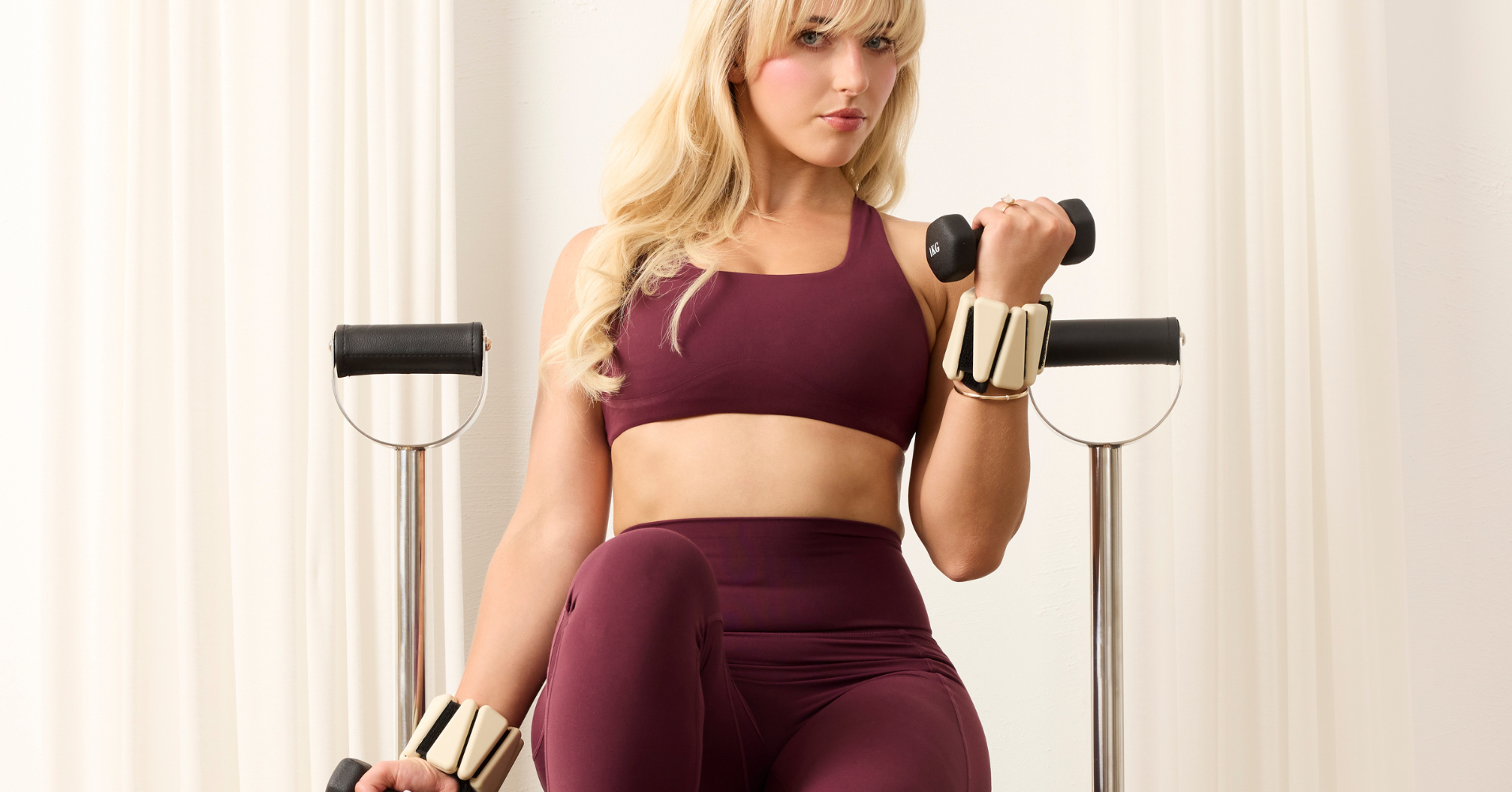
Reformer Pilates for Postpartum Recovery
Bringing a new life into the world is powerful, but it also takes a toll on your body. Many mums experience weakened core muscles, lower back pain, and poor posture after pregnancy. That’s where a Reformer Machine comes in.
Unlike high-impact workouts, Reformer Pilates supports your body through every movement. It rebuilds strength gently and safely, especially in the core and pelvic floor. The springs provide adjustable resistance, making it perfect for gradual recovery at your own pace.
Why Reformer Pilates Works for Postpartum Recovery
1. Rebuilds Core and Pelvic Floor Strength
Pregnancy stretches and weakens the deep core muscles that stabilise your body. Using a Reformer Machine helps reactivate these muscles with slow, controlled movements that target your abdominals without strain.
2. Improves Posture and Reduces Back Pain
After pregnancy, it’s common to hunch or experience lower back tightness. Reformer Pilates strengthens your back, glutes, and shoulders to improve alignment and ease tension.
3. Boosts Circulation and Mobility
Gentle, flowing movements on a reformer increase blood flow, helping your body recover faster while reducing stiffness and swelling.
4. Restores Confidence and Connection
Reformer Pilates isn’t just physical—it’s emotional too. That sense of control, balance, and flow helps new mums reconnect with their bodies and build confidence again.
When Can You Start Reformer Pilates After Birth?
Always consult your healthcare provider first. Most women can begin gentle Reformer Pilates six to eight weeks postpartum, depending on their birth experience. Start slow, listen to your body, and increase intensity over time.
If you had a C-section or complications, wait for your doctor’s go-ahead. Your instructor can then tailor movements to your specific recovery needs.
Best Reformer Exercises for Postpartum Recovery
1. Footwork Series
Builds leg strength and improves circulation while supporting your spine.
2. Pelvic Curl
Activates glutes and hamstrings, helping to re-stabilise the pelvis.
3. Arm Work with Straps
Improves upper-body strength to help with daily tasks like lifting your baby.
4. Bridge Work
Strengthens your glutes, improves posture, and engages your core safely.
Each exercise can be performed on the FitBoutique Reformer Machine, such as the Ivory Fold Reformer or Onyx Reformer, both designed for smooth transitions and maximum comfort.
Why FitBoutique Reformers Are Perfect for Postpartum Training
- Comfort-first design with padded platforms and suede-lined straps
- Smooth resistance control for gentle yet effective workouts
- Compact foldable models like the Onyx Fold Reformer for home use
- Commercial-grade stability trusted by studios Australia-wide
Plus, you get free delivery across Australia and interest-free Zip Pay options to make it easier to bring premium recovery equipment home.
Final Thoughts
Postpartum recovery is personal. It takes time, patience, and the right support. With a FitBoutique Reformer Machine, new mums can rebuild strength, move with confidence, and rediscover balance—one controlled breath at a time.
Ready to start your recovery journey? Explore FitBoutique’s premium Reformer range here or reach out to our friendly team via the Contact Page for expert advice on choosing the best Reformer for you.
Reformer Pilates Range
Frequently Asked Questions
How much space do I need for a reformer bed?
Space Requirements for Your Reformer
A FitBoutique reformer requires approximately 245cm x 68cm (2.45m x 0.65m) of floor space. Here's what this means for your space planning:
For Home Users
Length: 245cm (8.04 feet)
Width: 68cm (2.13 feet)
Recommended clearance: Add at least 30cm on each side and end for comfortable access
Total recommended space: 305cm x 125cm (3.05m x 1.25m)
For the Onyx Fold model specifically:
Same footprint when in use (245cm x 65cm)
When folded: Takes up significantly less floor space in vertical storage
Ceiling height consideration: Ensure adequate height for vertical storage
What's the difference between commercial and home reformers?
While both offer similar exercise capabilities, commercial reformers typically feature heavier-duty construction, enhanced weight capacity, and more extensive warranty coverage. However, premium home models like the Onyx series bridge this gap with commercial-grade components.
How often should I maintain my reformer?
Regular maintenance includes weekly cleaning, monthly hardware checks, and quarterly deep cleaning of tracks and wheels. Premium reformers come with detailed maintenance guides to ensure optimal performance and longevity.
As Seen In








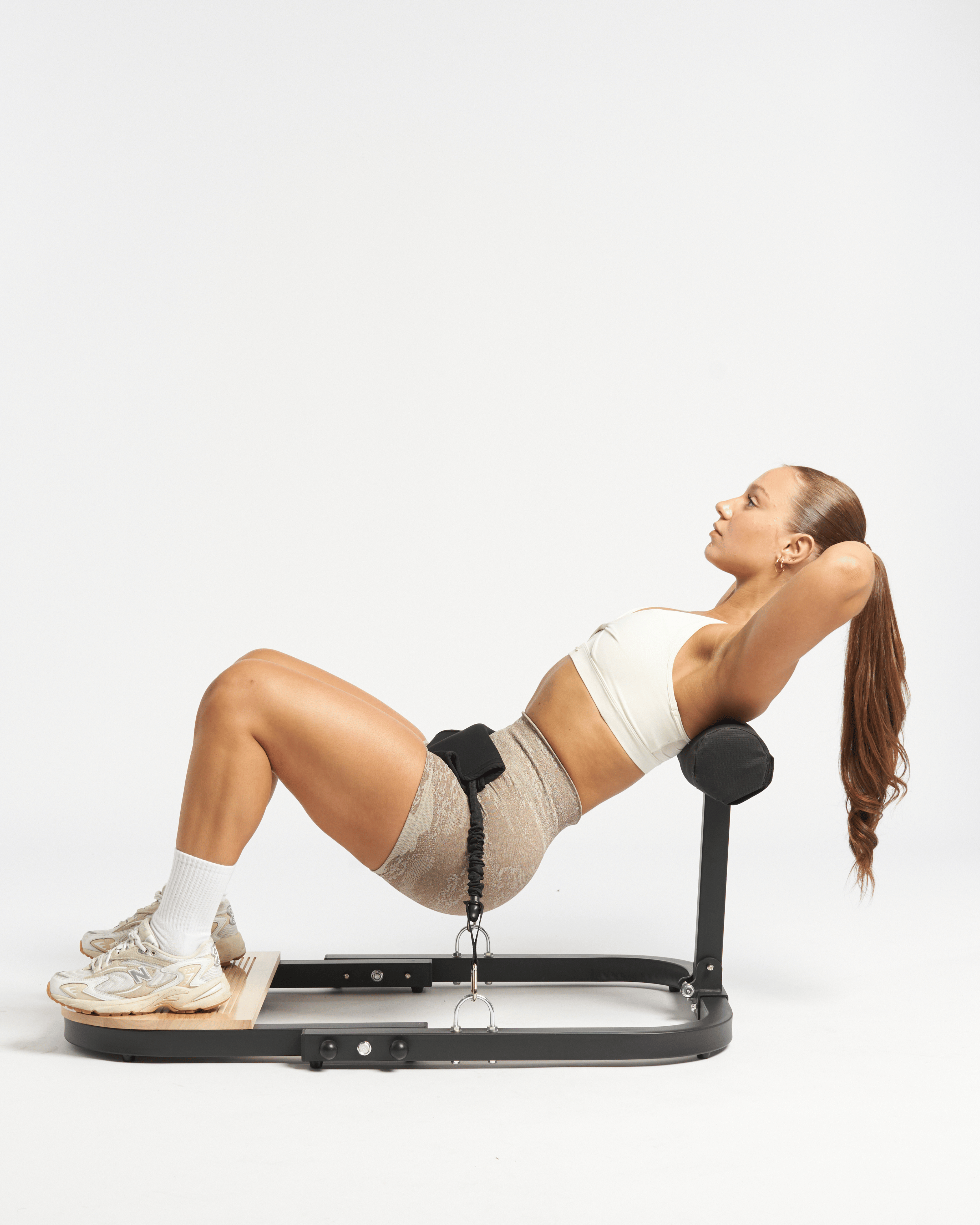
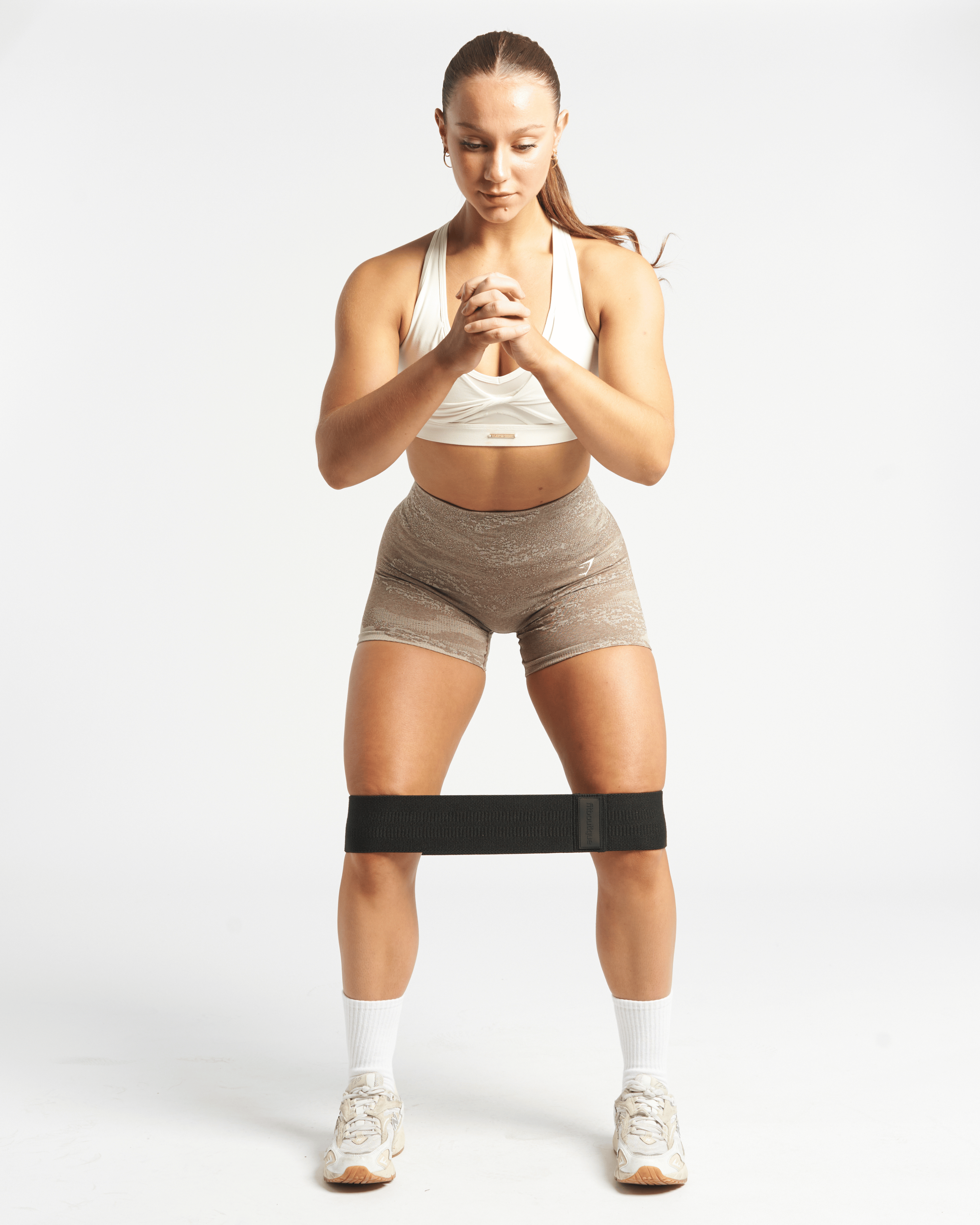
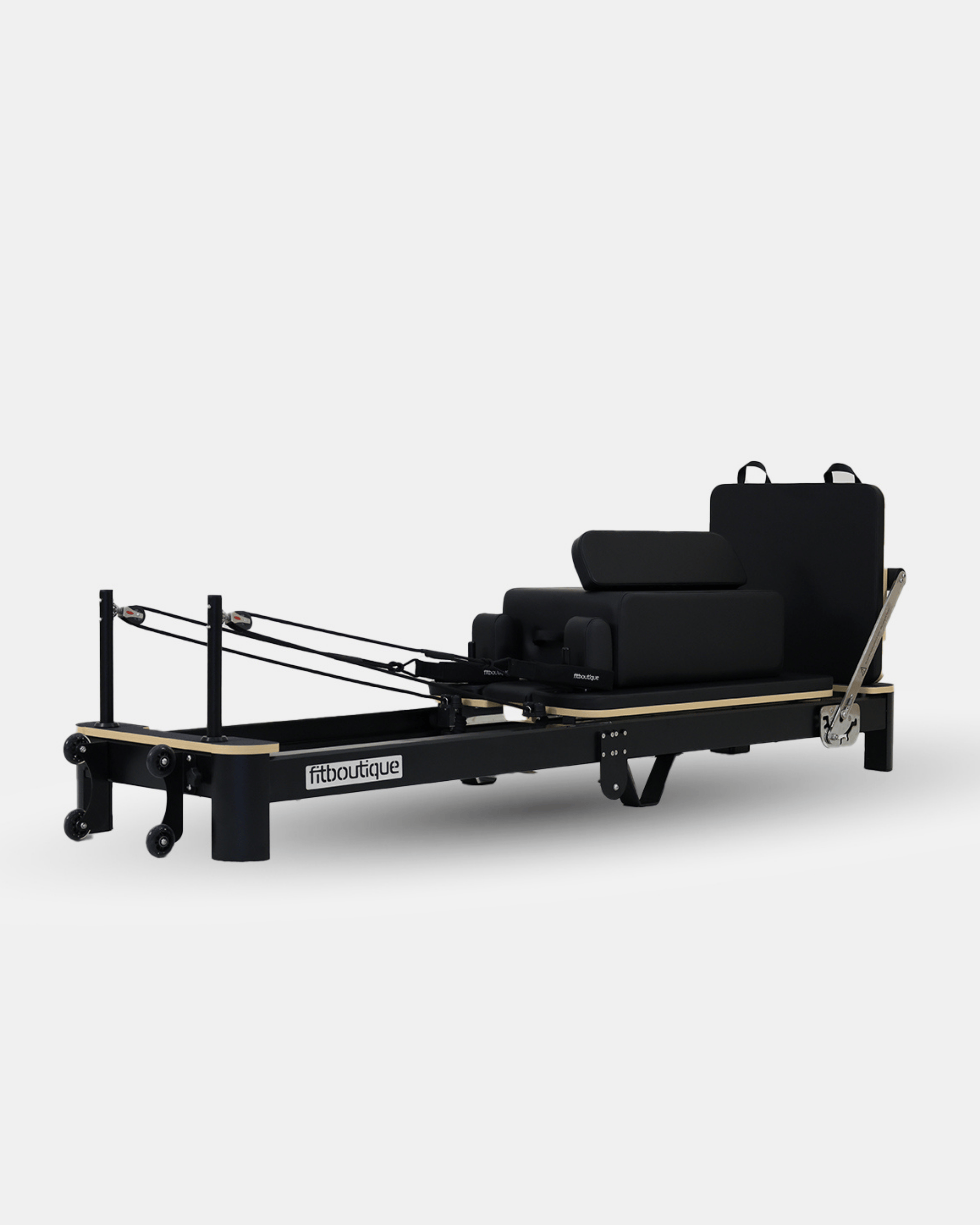
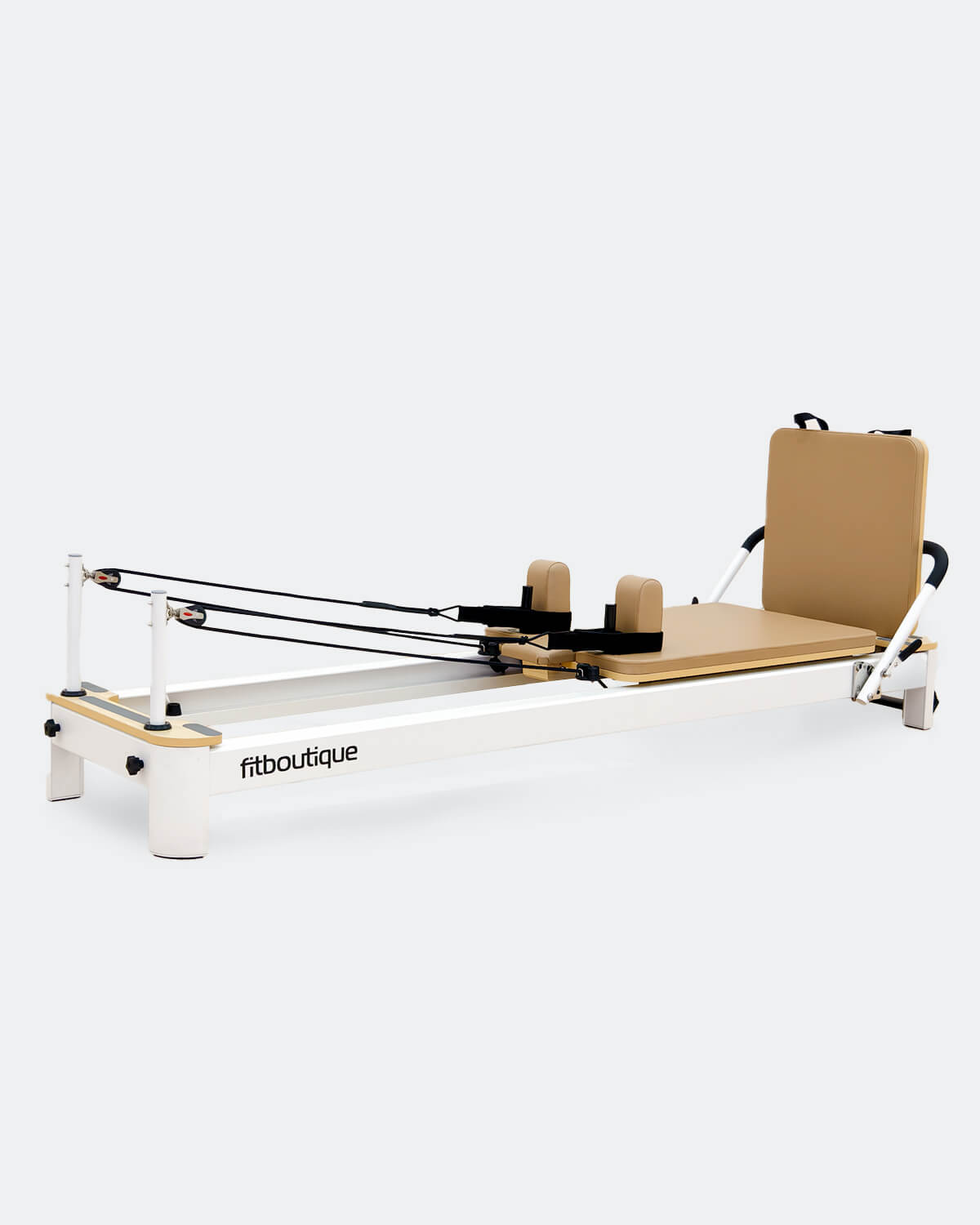

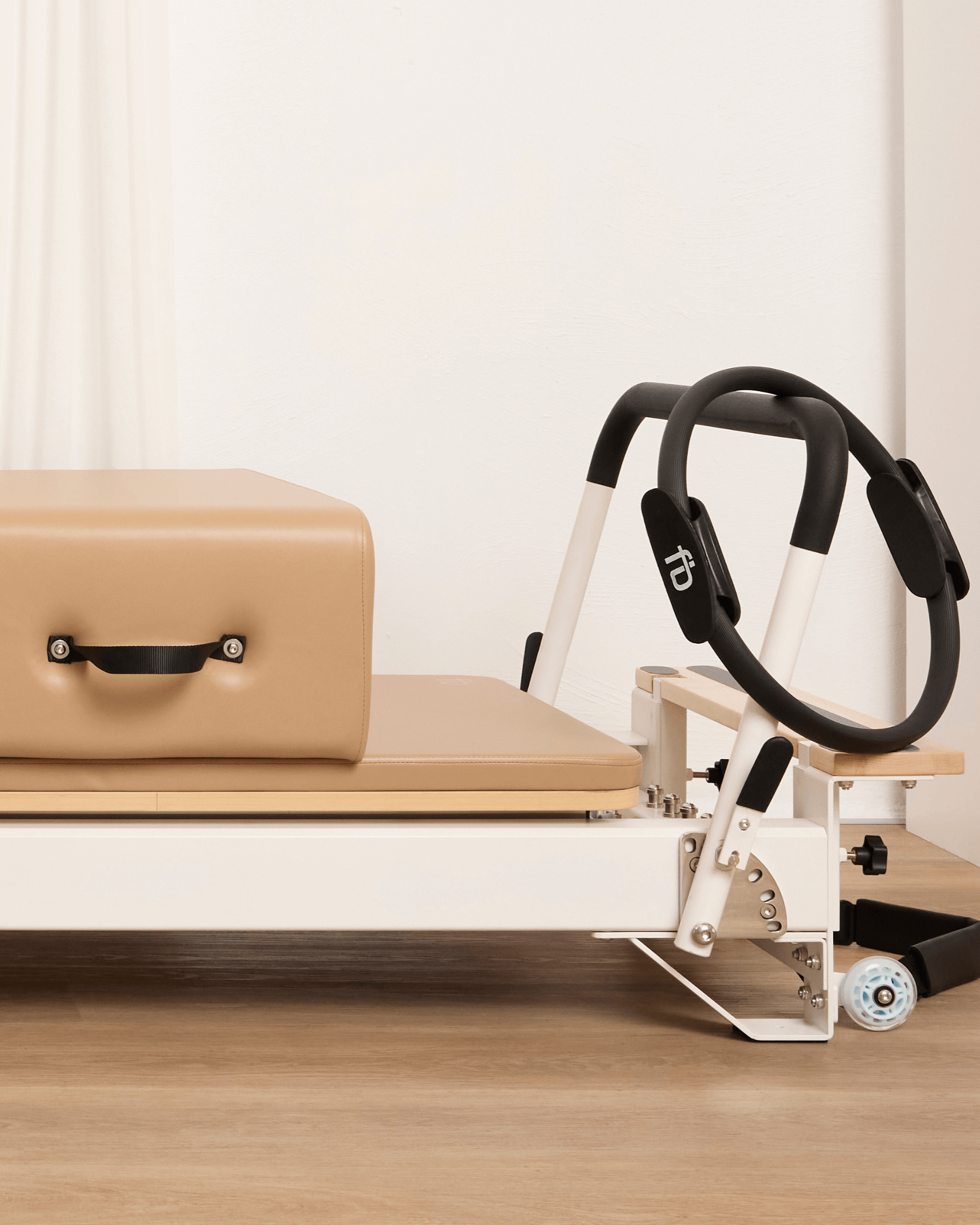
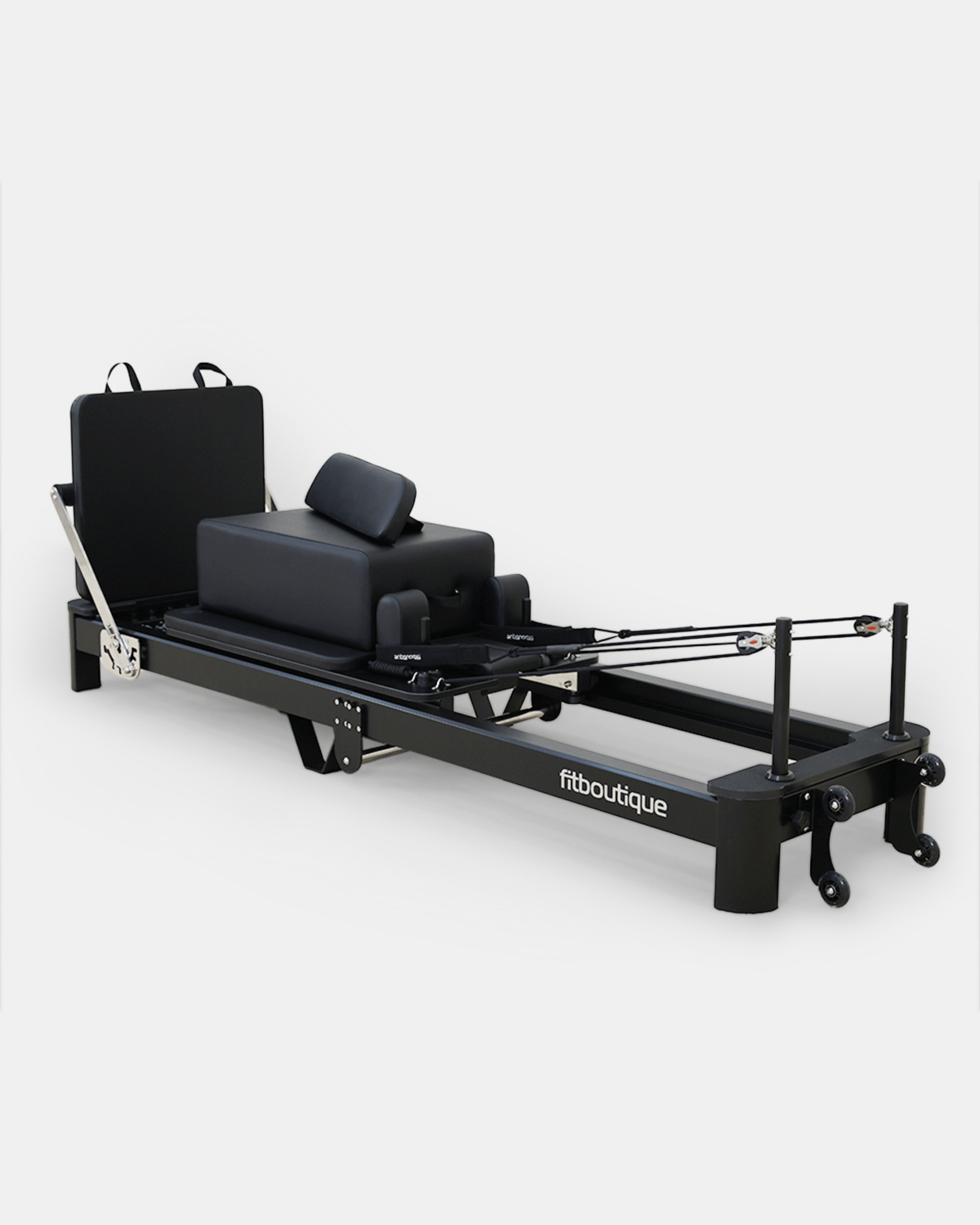
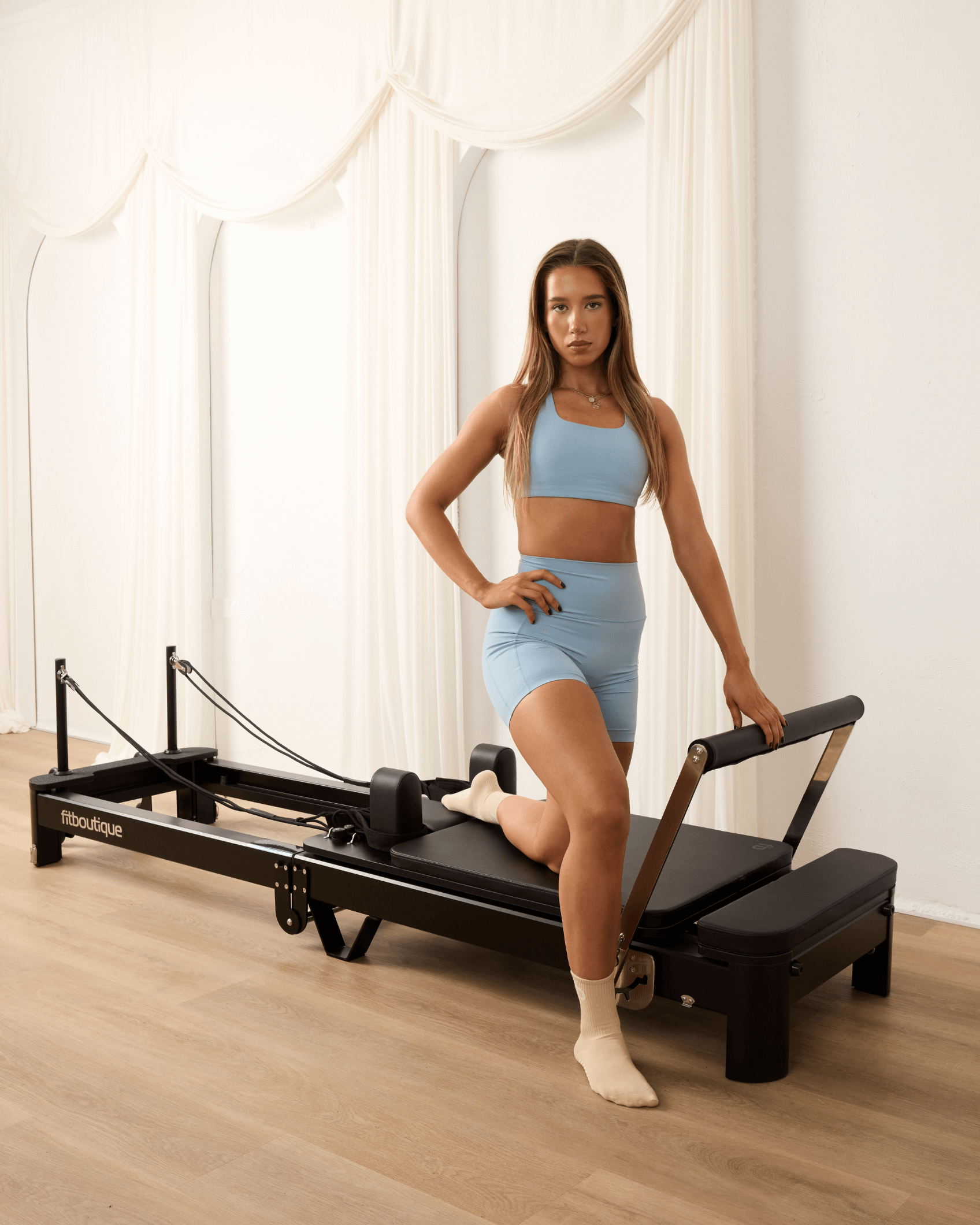
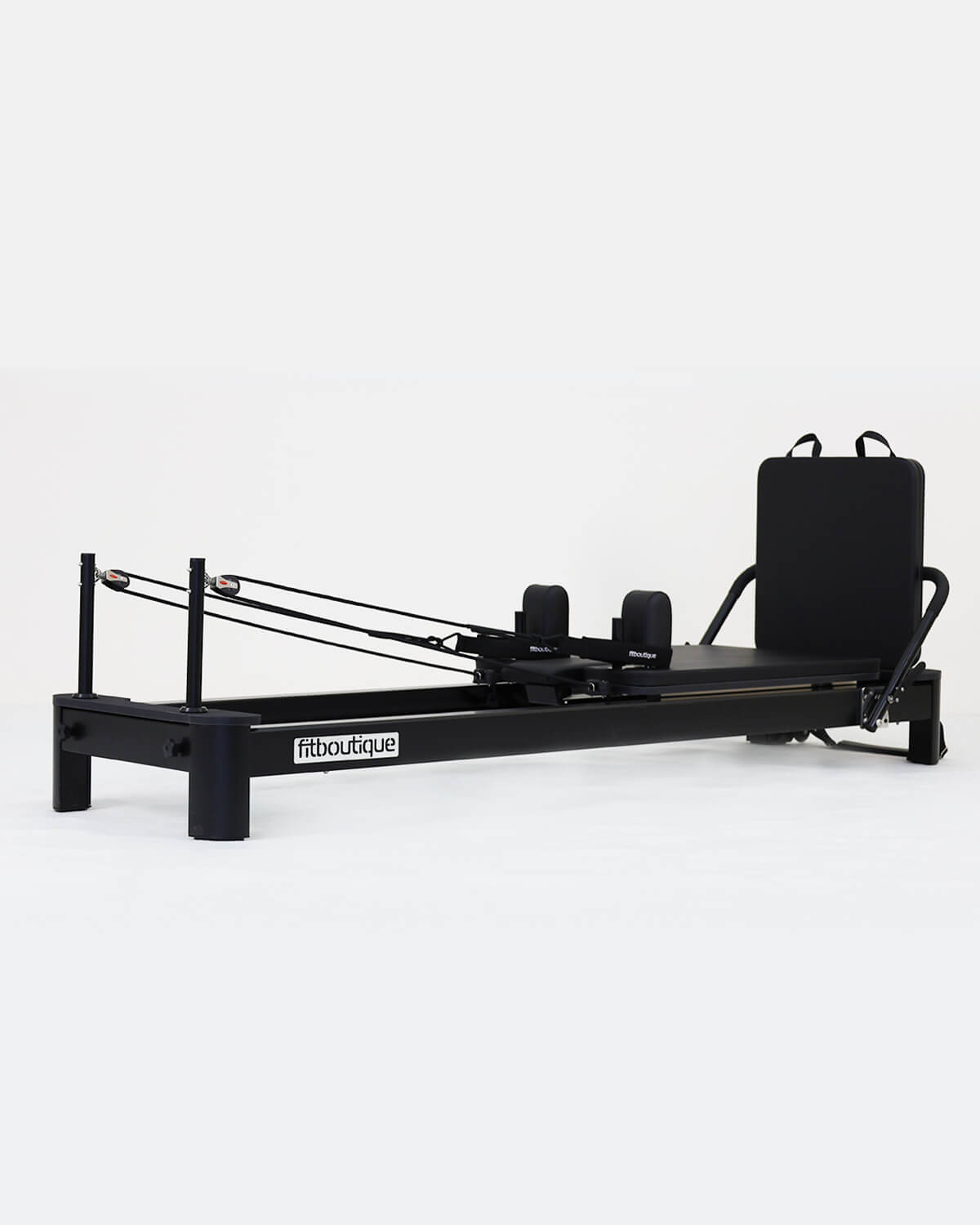

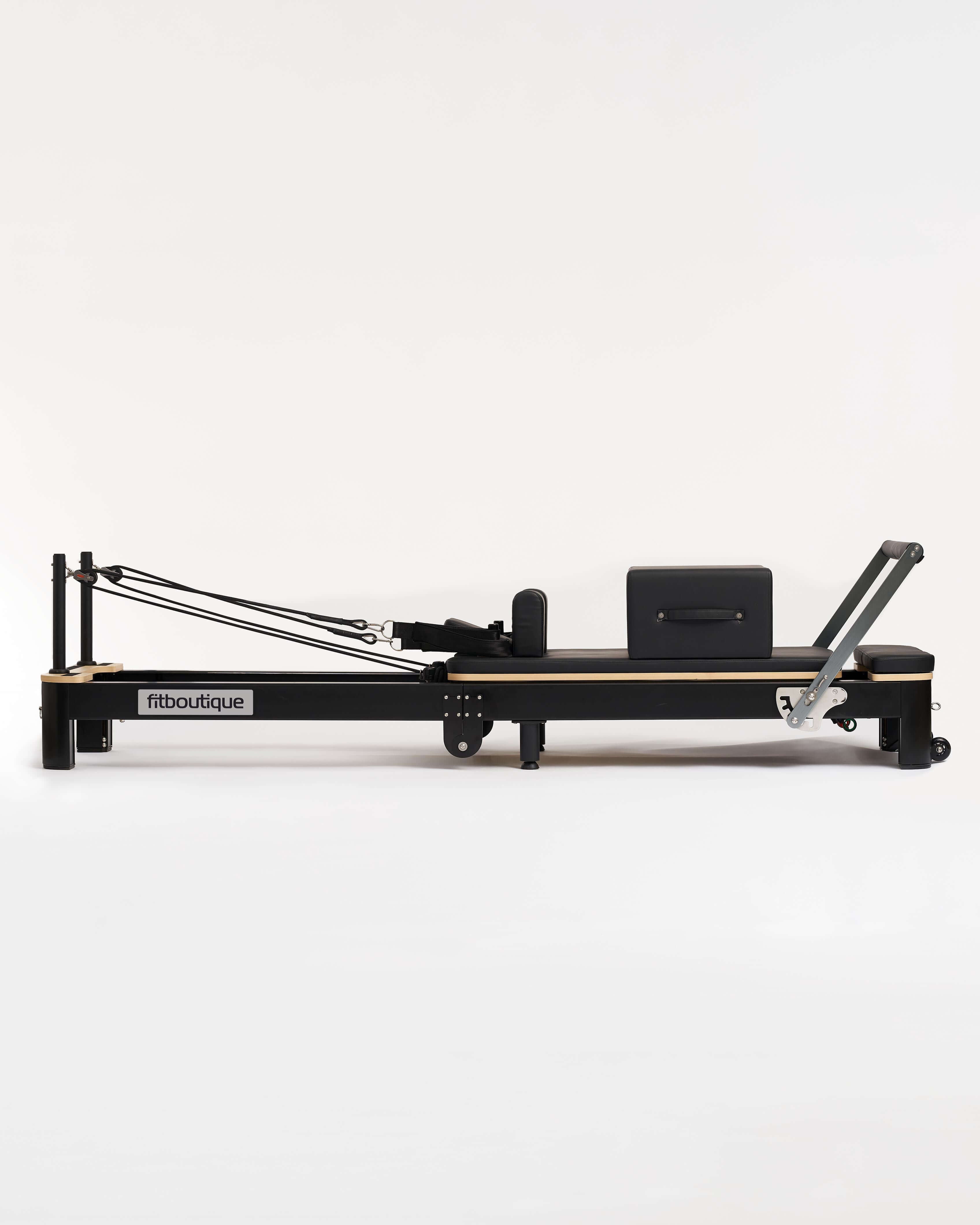
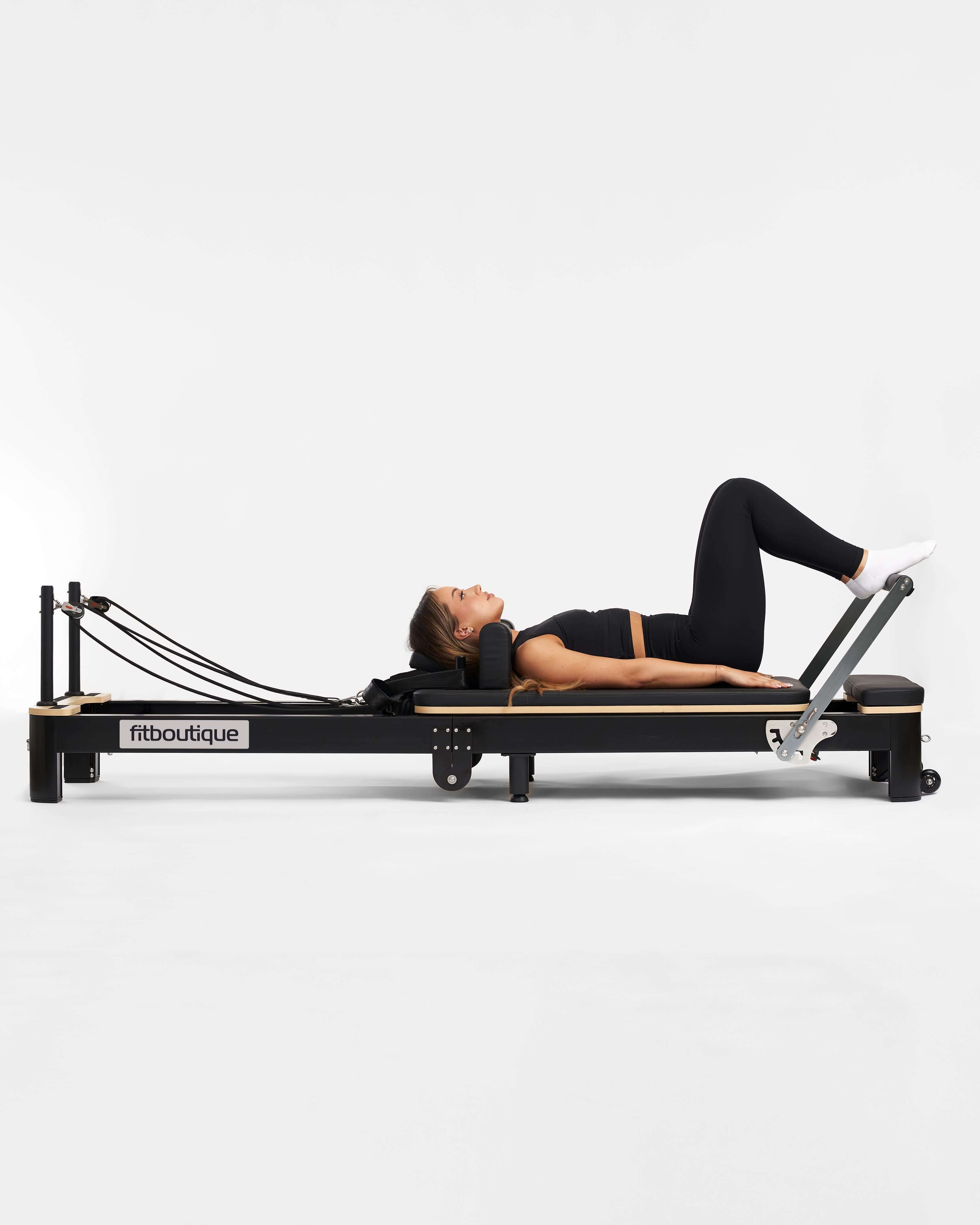
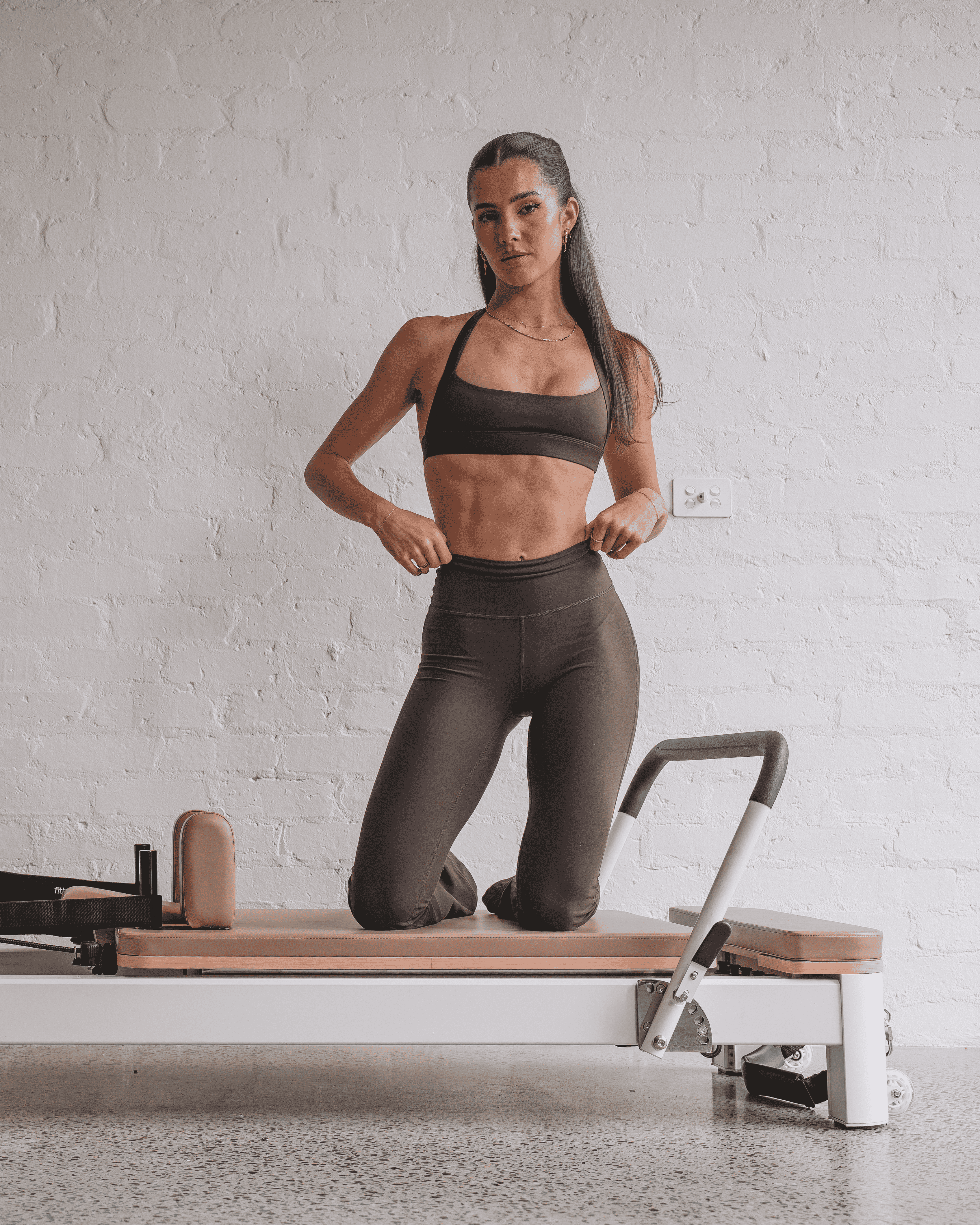
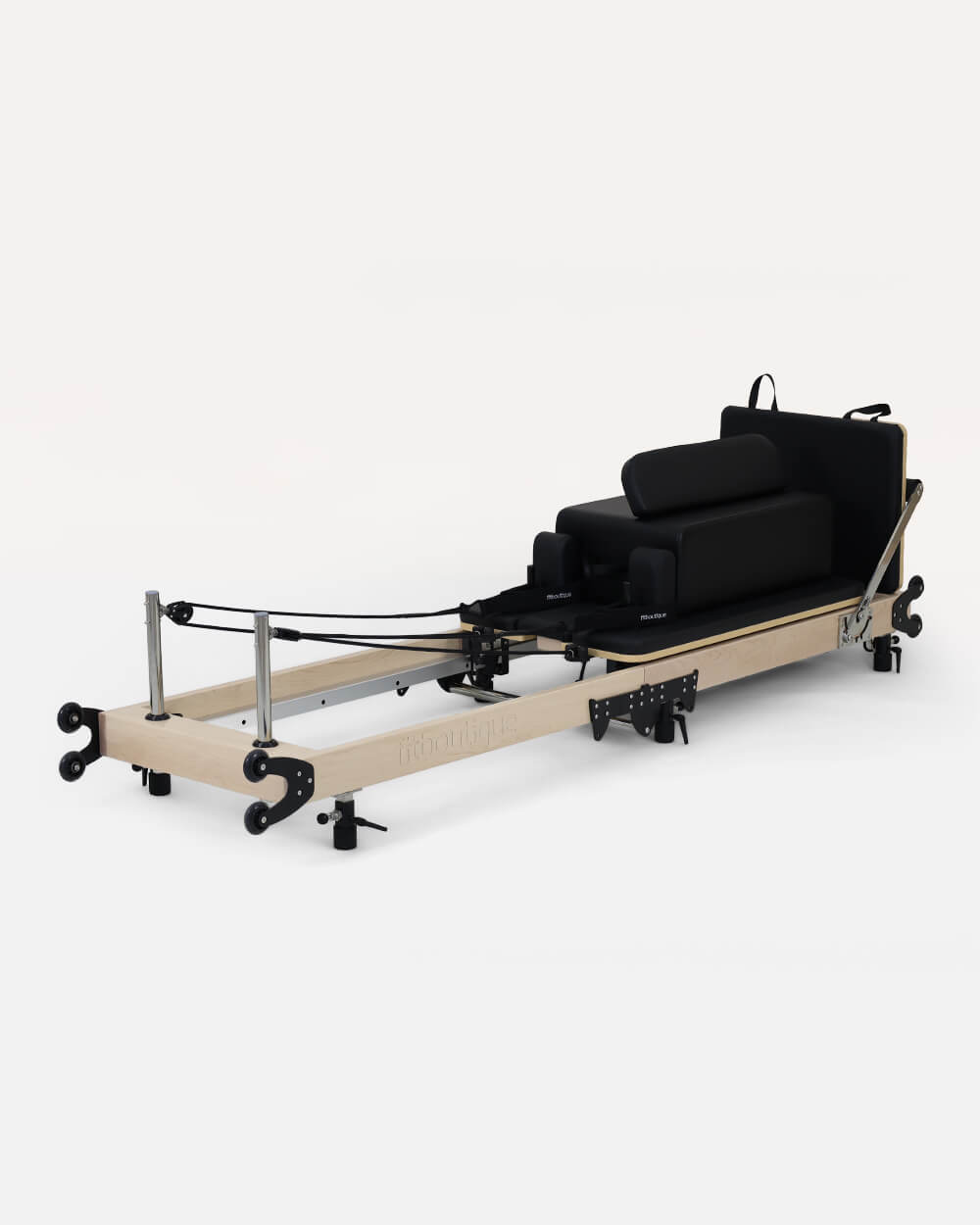

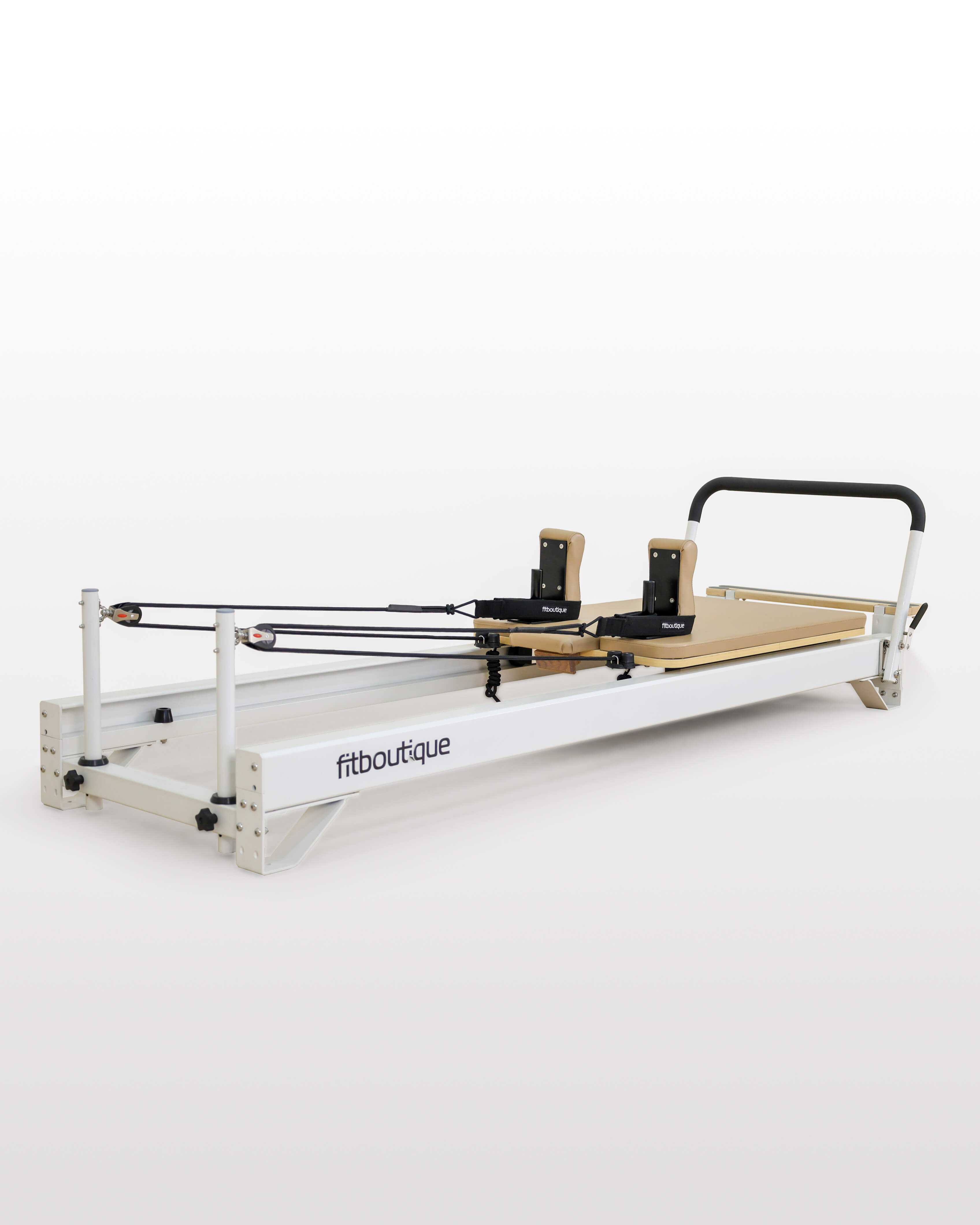
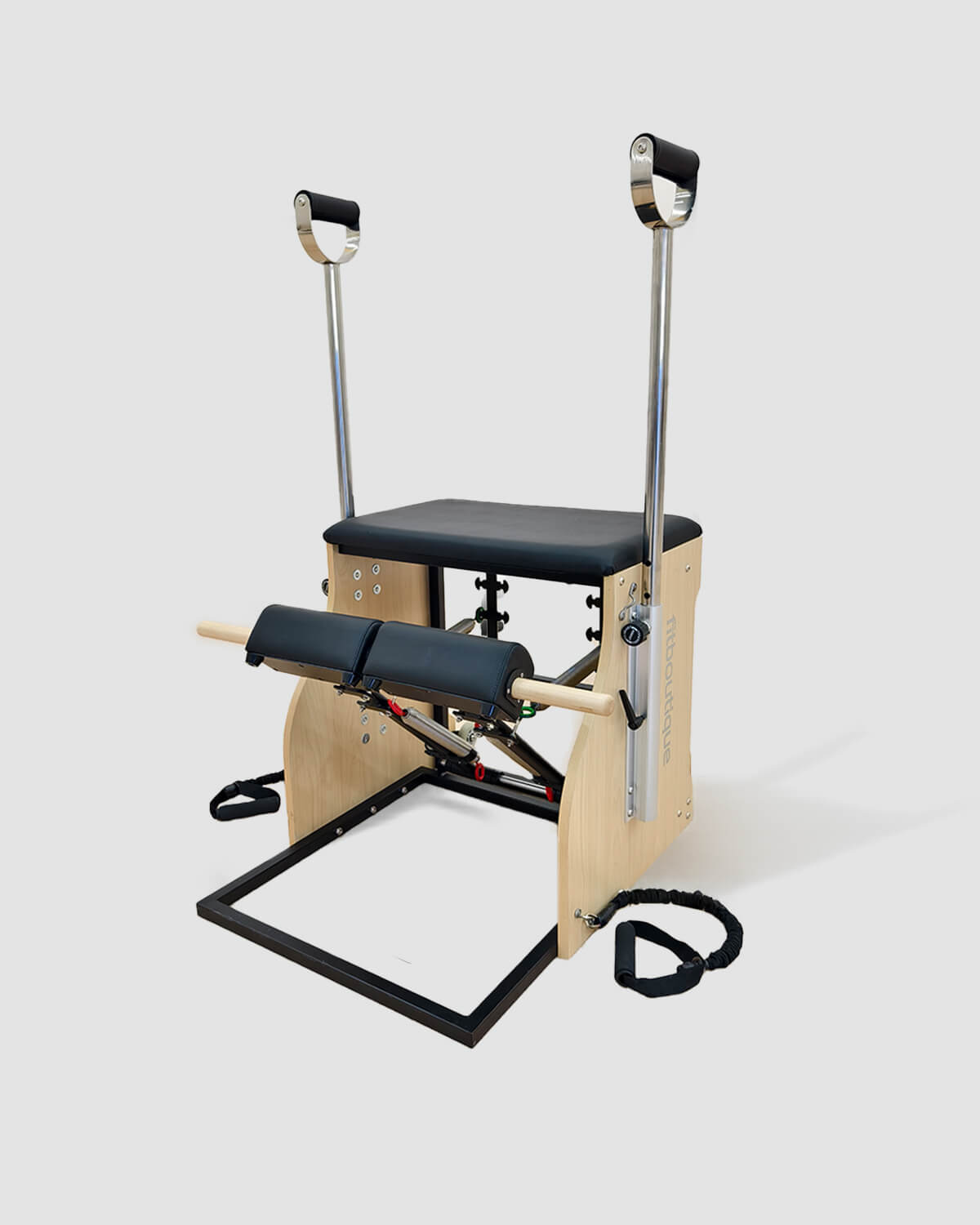
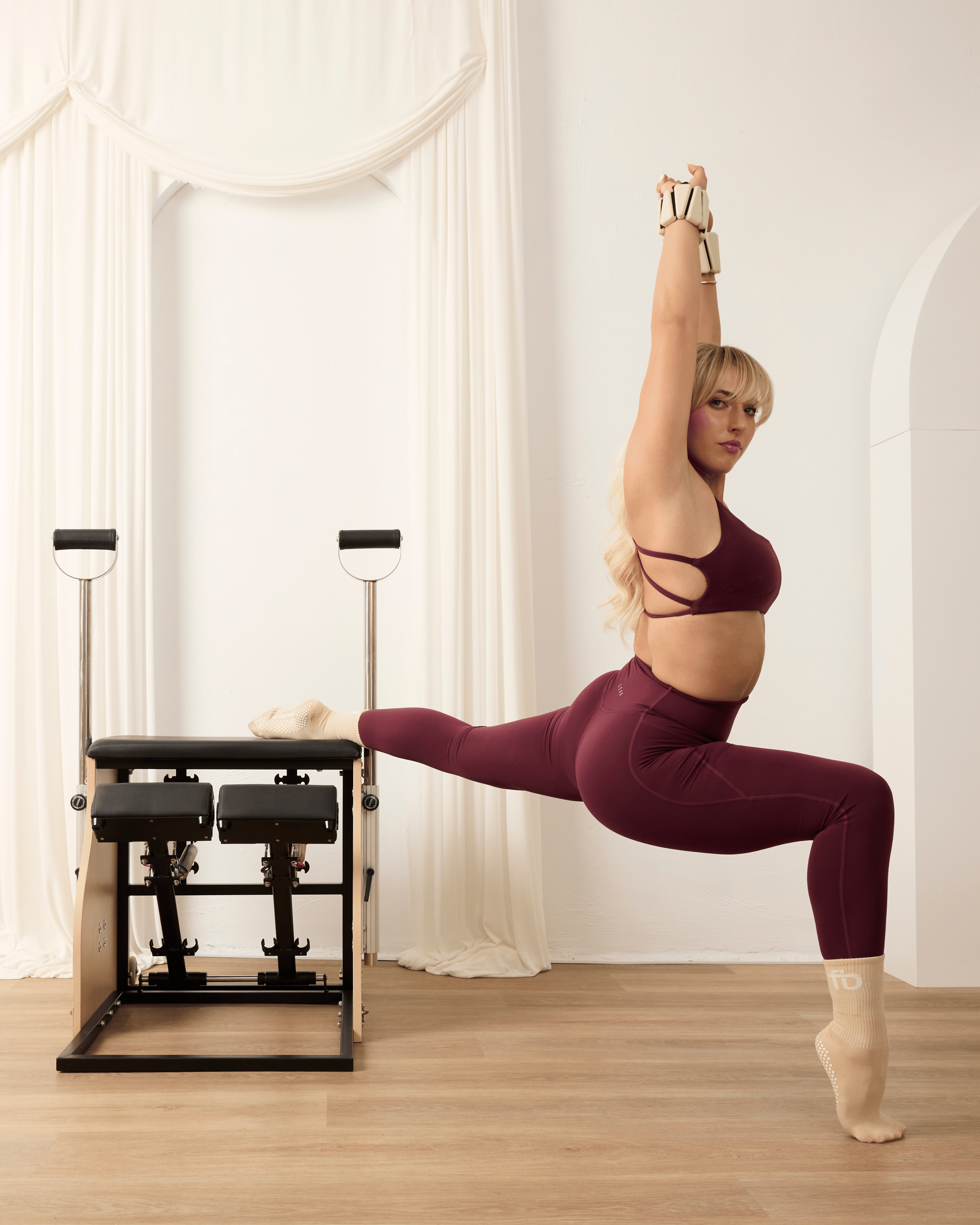
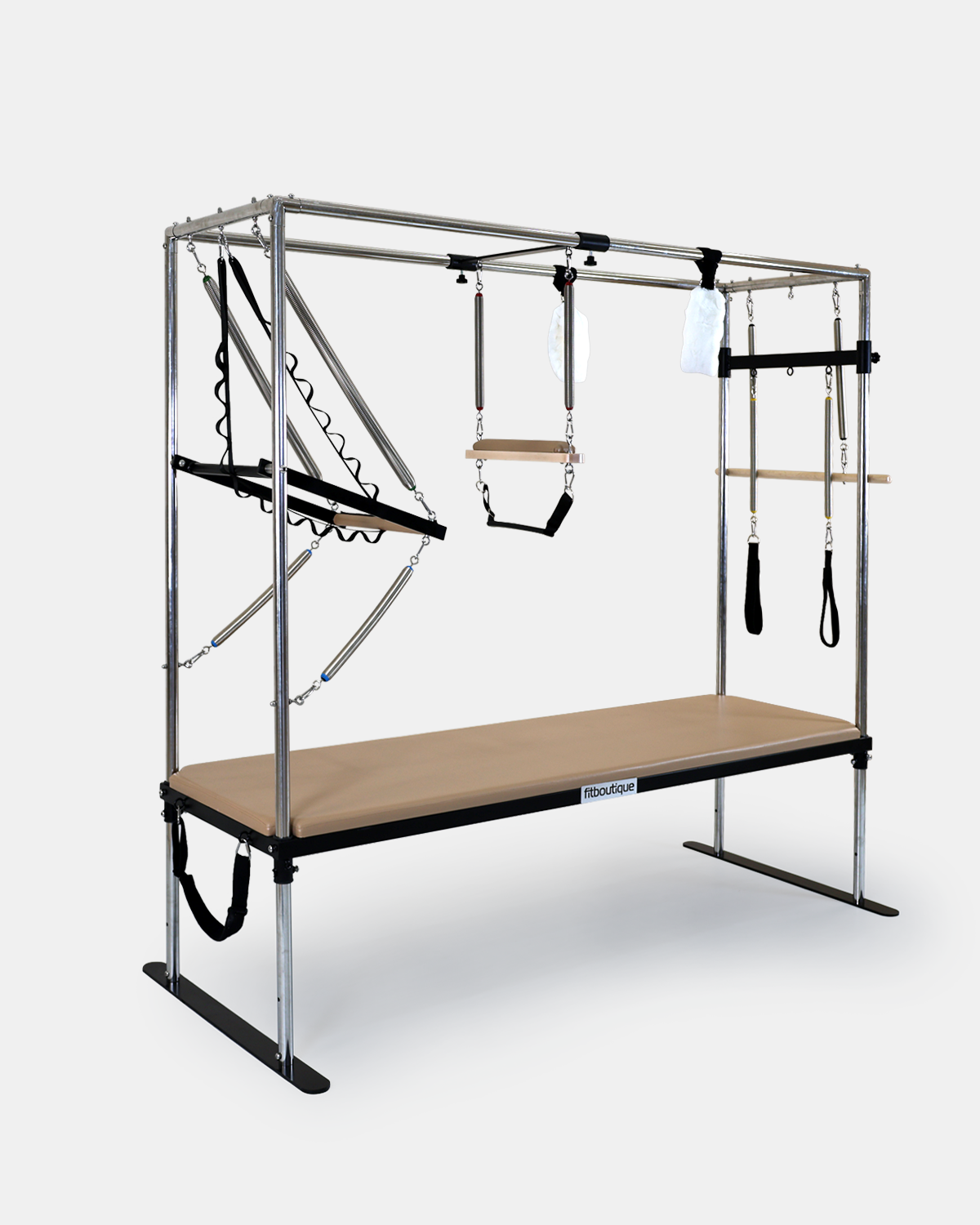
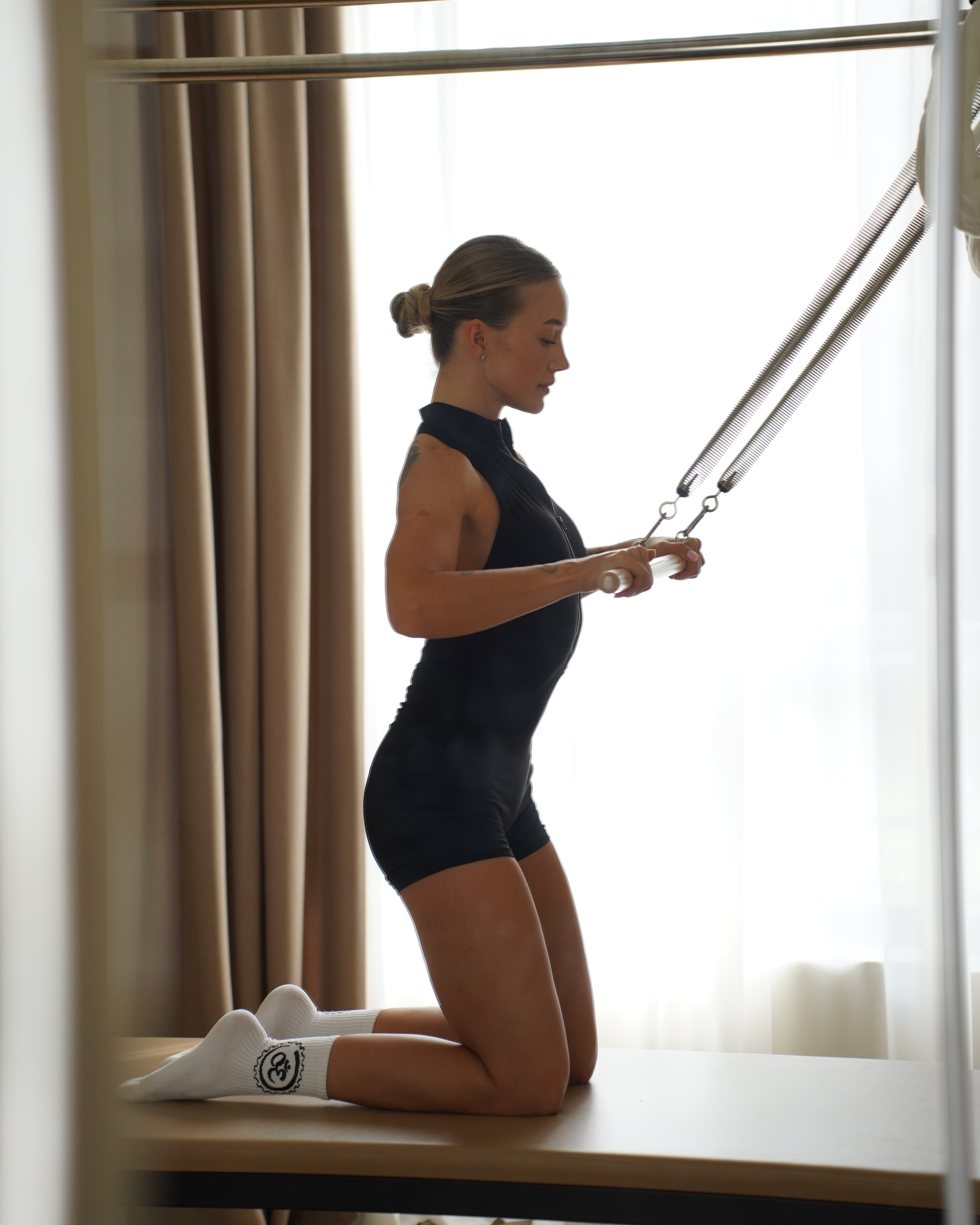

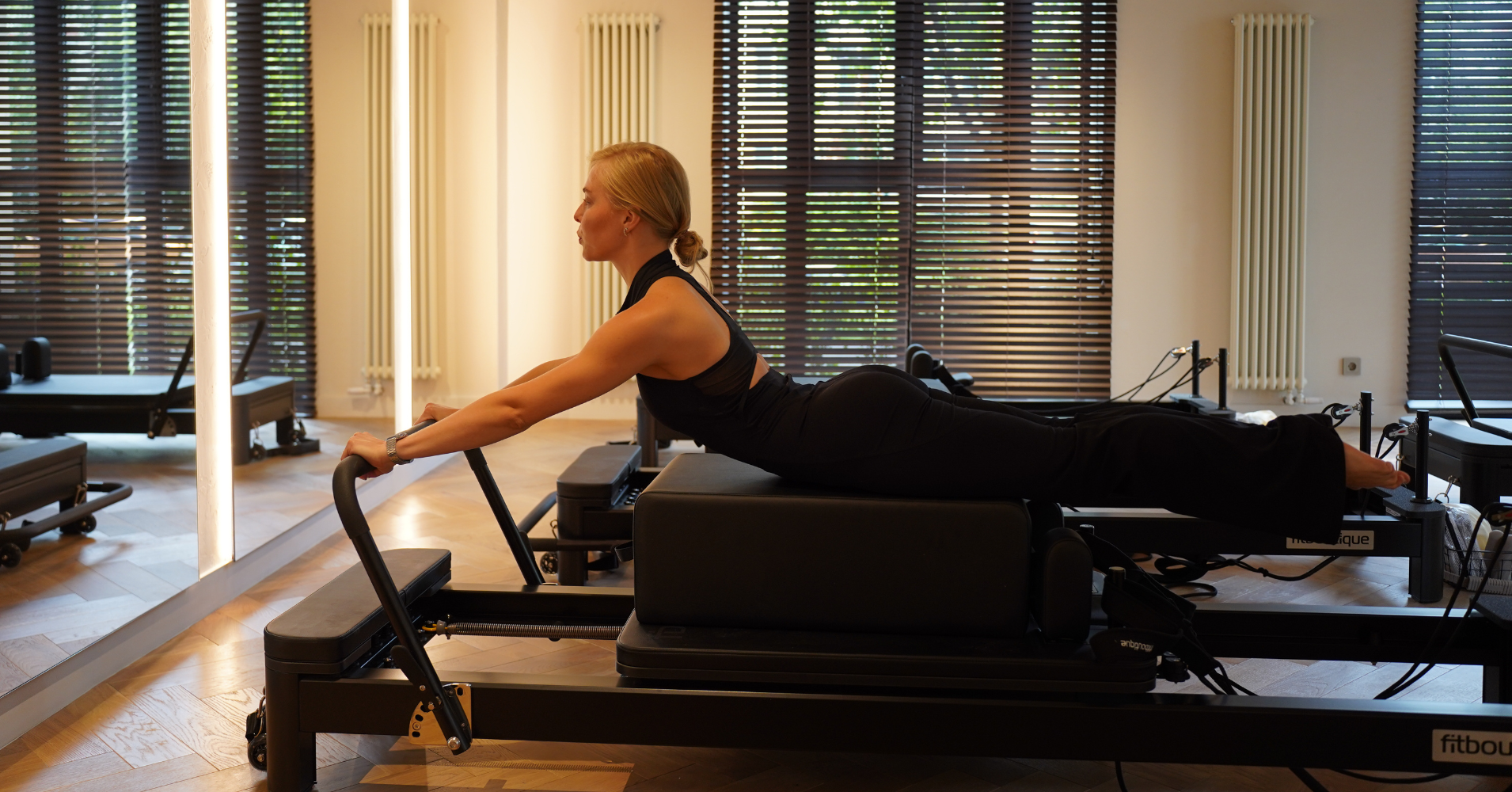
Leave a comment